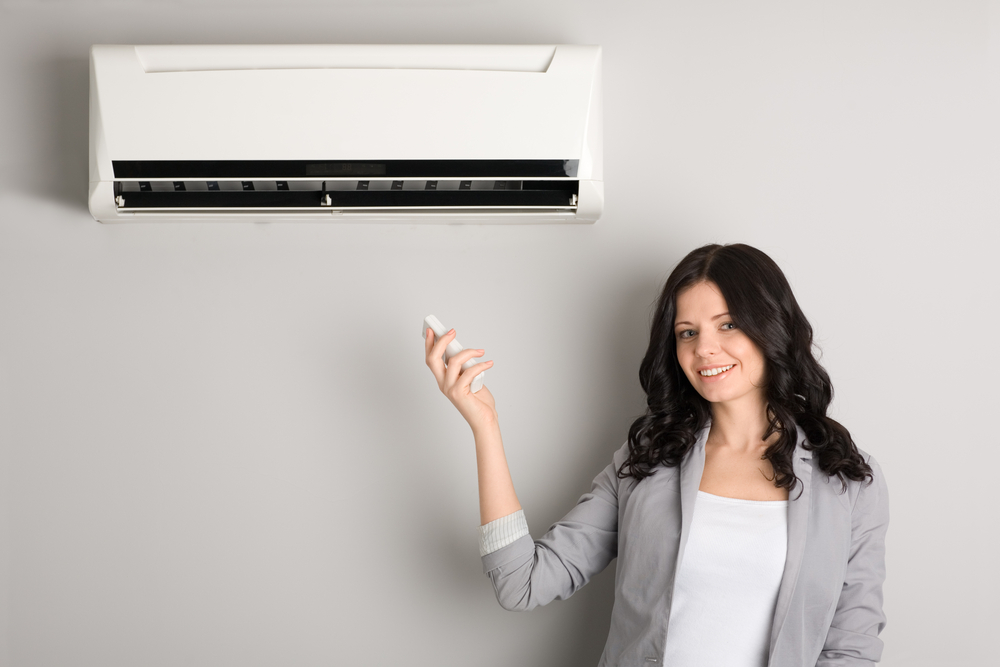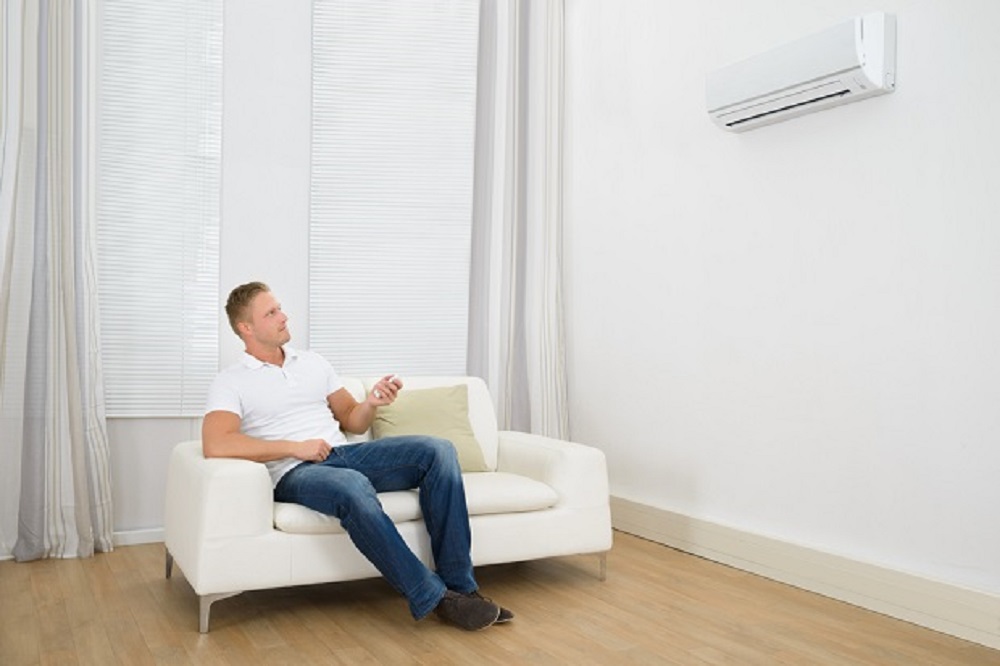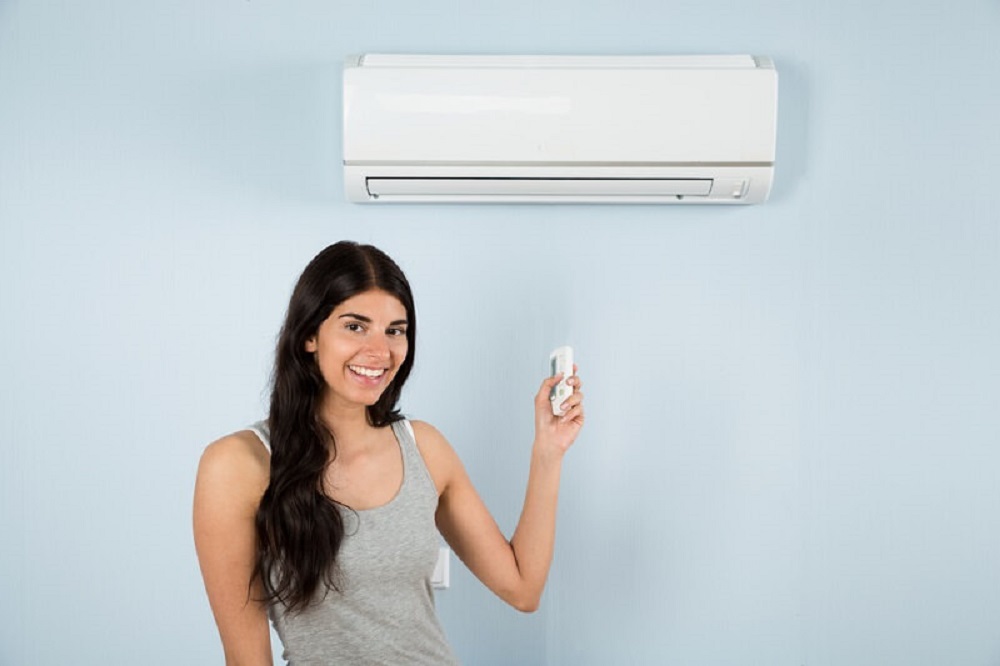
Isn’t it you’re suffering yet again with another summer in Melbourne, and it feels like the right time to explore air conditioning? Have you spent hours browsing sites for various systems, feeling a little overwhelmed with all the choices? Or perhaps the thought of making a costly mistake leading to towering electricity bills scares you because you might not have a system that’s quite the right one for you?
Installing air conditioning in your Chadstone home is a significant investment, and thus, it requires lots of careful planning and considerations. From knowing how different systems work to navigating council regulations and adopting the right size unit that suits your space, there’s quite a lot to think about before finally settling. This guide will walk you through everything you need to know about air conditioning installation in Melbourne’s eastern suburbs.
From that, you will learn about the various types of cooling systems available in Australia, how to calculate the perfect size for your home, what to expect during the installation process, and much more. Special consideration will be included for ducted systems, energy efficiency ratings that are likely to have an impact on your power bills, and the unique climate challenges that Melbourne homes face. By the end, you’ll have all the information needed to make a confident, informed decision regarding your home.
Getting Started With Air Conditioning
Air Conditioners In A House
Have you ever inquired into what happens when you press that magic button on your aircon remote? The whole action is pretty straightforward, even though it is really clever scientifically. The action of the air conditioner consists of removing heat from inside a house and transferring it outside by means of a refrigerant that circulates in the whole system.
The indoor unit sucks up warm air from your room through a filter and passes it over cold evaporator coils filled with refrigerant. As warm air meets these cold coils, the refrigerant absorbs that heat from it and changes from liquid to gas. This cooled air then gets blown back into your room, while the now warm refrigerant travels to the outdoor unit, where a highly energetic gas compression takes place before passing through condenser coils, where a fan helps release that heat outside.
It converts your home into comfort; having a continuous cycle of bringing the heat completely dip insides and outsides in terms of the liquid and gaseous state of refrigerants. Present-day systems also dehumidify the air, making them especially helpful on hot, humid summer days here in Melbourne. A basic understanding of this explains why proper installation and maintenance are essential for efficacy.
Types Of Air Conditioning Systems Available In Australia.
Of the many cooling options available in the Australian market, each with unique pros and cons when it comes to the architecture of your home, as well as your needs, split systems still stand out as the most common kind: one indoor unit connected to an outdoor compressor. It is excellent at cooling individual rooms or open-plan living areas, it’s energy-efficient, and relatively easy to install.
Ducted air conditioning like that provides whole-home comfort regardless of where a person occupies the house through a network of ducts hidden in the ceiling or under the floor. While the cost is higher at the start, the duct systems provide seamless temperature control for the entire home. A multi-split system with one outdoor compressor but multiple indoor units allows you to enjoy the cooling benefits of several rooms without the expense of a complete duct system.
For smaller spaces or rental properties, portable and window units offer flexibility without permanent installation. The downside is efficiency: while they aren’t as good as fixed systems, they’re good budget options that you can take with you. Evaporative coolers work with the simple principle of cooling air by evaporation of water and are therefore most effective in dry climates but will not fit very well with the ever-changing humidity levels in Melbourne.
How To Choose The Perfect Air Conditioner For Your Home

air conditioning chadstone
Calculating the Right Size Air Conditioner for Your Space
It is essential to choose the right size: if it’s too small, it will not cool effectively. Conversely, if it’s too big, it might waste energy and giveered fluctuations in the temperature at which it operates. The deciding factor in this instance is kW, that is, its cooling cast. For every 10 square metres of floor space, approximately 1.5kW is needed on average; although, it does differ with various factors.
Measure the length and width of your room and so calculate the area that is the floor area. Then think about the height of your ceiling: standard ceilings of 2.4m work for basic calculation, but a ceiling with a higher height has a higher need for cooling. Add the size and the orientation of the window too, as north and west-facing windows cop significant afternoon sun in summer. Well-insulated buildings lower their cooling requirement, whereas poorly insulated buildings require sizing up.
You cannot forget about heat-generating appliances, the number of people typically in the room, and whether you are cooling an open-plan area. Many installers today use sophisticated calculators that accurately gauge all these sources of heat loads. When in doubt, however, it is best to consult with an expert: a good installer will identify aspects you may overlook that could save you from an expensive mistake in the sizing of air conditioners.
Save Your Cash: What Energy Efficiency Ratings Mean For An Air Conditioner
Those star ratings on air conditioners aren’t just marketing fluff-they directly hit your hip pocket with lower running costs. The Energy Rating Label shows both cooling as well as heating efficiency (for reverse cycle models) with more stars meaning better efficiency. Although more expensive upfront, a 5-star system can save hundreds of dollars over a year in electricity bills when compared to a 2-star unit.
Look beyond the stars to the actual power input and capacity figures on the label-then divide these two figures for the Coefficient of Performance (COP) heating and Energy Efficiency Ratio (EER) cooling ratios with higher numbers reflecting better efficiency. For example, a unit with an EER of 4.0 generates 4kW of cooling for every 1kW of electricity consumed.
And there’s inverter technology, which modifies compressor speed rather than switching it completely off and on. This means temperature is more constant while using less energy as well. Smart controls and scheduling options are becoming standard on many modern systems, too, so you can program your air conditioning to run when you really need it rather than all the time. All the same, as electricity prices rise in Melbourne, it pays to invest for efficiency across the natural life of your system (10-15 years).
Pre-Installation Planning And Preparation
Assessing Your Home’s Layout And Insulation
Before allowing any installer on the premises, a walk-around would have identified every room that one plans to cool; get all the measurements-including ceiling heights, positions of windows or doors, and any architectural features that may affect airflow. Open-plan living areas require something quite different from individual rooms, especially for zoning and air distribution options. Insulation quality would profoundly affect the performance of your air conditioner and the costs of running it. Ceiling insulation check-where the roof space is accessible from above, point gaps, compressed, or even shifted areas by the insulation.
Some little corner considerations of down-to-earth practicality in installation would be Where outdoor units would sit? Is the height away from boundaries and open windows clear? For ducted systems, is there sufficient ceiling or underfloor space? The placement of indoor units would have to consider quite a lot since air should be effectively distributed across the room but should rather not be blowing directly onto sitting areas or beds. Capture photographs and measurements during your survey to give your installer a more accurate quote and find the best system for your home.
Council Approvals And Building Regulations In Victoria
While most basic installations of split systems do not require the approval of councils, it’s prudent to check with local councils before proceeding with such actions. Chadstone falls under the Monash Council, which sets specific standards on the placement of units, concerning boundary setbacks and noise levels. Outdoor units should generally be at least one meter from boundaries and comply with EPA noise regulations.
Possibly, more complex ones, especially ducted systems requiring heavy structural work, might need building permits. This ensures that the works comply with Australian Standards and the Building Code of Australia. The installer should handle the processing of permit applications, but understanding their requirements will help you to make an informed decision in selecting a reputable contractor who does things the right way. Always verify your installer has the correct licenses – in Victoria, they need electrical and refrigeration licenses.
Properties in Chadstone with heritage overlays or under the purview of the body corporate bring extra considerations. Residents of apartments need the body corporate’s approval for the task, while homes in a heritage area could be restricted in terms of outdoor units visible to the public. This application process should start much earlier in order to avoid delays that could be irritable once the company is ready for installation.

air conditioning
Conclusion
Choosing air conditioning and going through the installation for your Chadstone property is much more than picking a system off the shelf. It encompasses understanding how different systems function, calculating the appropriate size for your space, navigating through council requirements, and gearing up for installation day. Several adjacent issues have been discussed, including resolving problems related to existing ductwork, zoning for efficiency, and even how the peculiarities of systems selection are influenced by the Melbourne climate.





